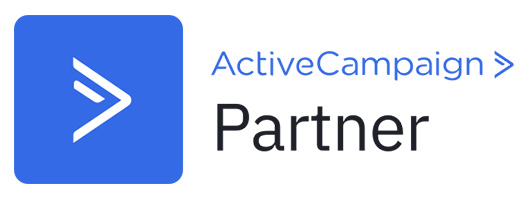In this digital age, 75% of your website’s credibility comes directly from its design. That’s why when someone visits your website, it’s vital that it sets a good first impression.
In this article, the web design experts at ZipZipe Sydney share several qualities that can help you craft a website that looks great and functions well.
1. Clarity and Simplicity
Ensure that your website is easy to understand. Users should be able to find what they’re looking for within a few seconds of landing on your site or they may consider going somewhere else.
Use clear headings and labels, bulleted lists when appropriate, and quick links to other sites in the header navigation bar. Make every aspect of your website visible, understandable, and simple, so visitors won’t get overwhelmed.
Design Tip: Use a simple, clean design that is easy to read. Minimise the use of text and keep it as large as possible. The most important information should be obvious to users no matter where they are on the site. Make sure all images have alt tags so search engines can index your site.
2. Communication
Web users generally prefer to have the ability to interact with websites. Include opportunities for visitors to leave comments, post on forums (if appropriate), subscribe to newsletters, share posts on social media, and e-mail friends.
It’s also important that the website be able to communicate back to users in the form of notifications when new content is available or they have completed an action on the site, such as subscribing to a newsletter.
Design Tip: Make sure that each page on your site has a clear call to action that lets users interact with the website. This can be in the form of a download link or subscription box.
3. Efficiency
It’s best if visitors don’t even realise they are on your website. If you make it too obvious in the design, they may feel like they are being tricked or lured into something, like an ad. Make sure viewers can easily find what they’re looking for and accomplish their goals without frustration.
This principle goes back to clarity and communication. That means efficiency is also about making the website easy for users to understand.
Design Tip: Every website should have clearly defined sections, such as a navigation bar on the top of the web page or sidebars that let users quickly access important pages.
4. Quality Content
It’s essential to remember that your website isn’t just there to look pretty. It should convey information about your business in a clear and organised way. This information should be high-quality, accurate, up-to-date, and easy for users to find.
Design Tip: Quality content is key to garnering and maintaining a high Google ranking. Be sure to create original content and back up claims with credible references.
5. Balance
Balance in web design refers to the distribution of elements on a given page. It can refer to how much space is allocated for text versus images or the appropriate level of contrast between background or foreground colours.
The overall goal is to create a balanced layout that’s aesthetically appealing without compromising usability.
Design Tip: Use contrasting colours and shapes, and avoid overwhelming the user with unnecessary detail or information. If your site looks cluttered and stressed out, users won’t want to stick around for long regardless of how good your content is.
6. Navigation
Navigation refers to the way users can access the information on the site, both where it’s hosted and what tools are available for the organisation. This includes:
- How the menus work and feel
- The presence of pagination
- If infinite scrolling being utilised
Navigation can also refer to file names, categories and tags, and the use of search. Website navigation should be clean, clear, and easy to access.
Design Tip: Think like your user. If they are trying to find something specific, give them tools that will help them get there faster. Allow users to sort through content using filters if appropriate for the type of site you have.
7. Optimised for Mobile
A lot of users these days are accessing sites through their smartphones. That’s why your site must be optimised for all of the different formats of phones and tablets available to avoid frustrating users with an unpleasant mobile experience.
Design Tip: If you find yourself designing a website from scratch, try starting on your phone first. Smartphone screens are much smaller than desktop monitors so it’s difficult to use them as a reference.
8. Fast Load Times
This is a little different from efficiency. That’s because this principle of web design is about actually seeing and interacting with content once the page has loaded. If it takes too long for pages to load, users may get frustrated and click away before anything shows up on the screen. This is especially important for heavy or image-heavy sites, but it can affect any site.
Design Tip: Make sure to compress and minimise the size of large images and other media files. Optimise your code well and avoid using unnecessary plugins and programs, as these may delay load times. Also, check your web hosting service to ensure that you don’t have any server issues.
Never Take Web Design for Granted
A well-designed website is to attract and engage visitors. Never take web design for granted. If your site doesn’t have these qualities, you may be driving away customers without even knowing it.
If you’re not confident in your ability to design a website, there are many opportunities out there to partner up with someone who does.
ZipZipe is a full-service digital marketing agency that can help you design the perfect website for your company. If you’re interested in knowing more about services, contact us today. Our team would be glad to talk and strategise with you regarding your website.





